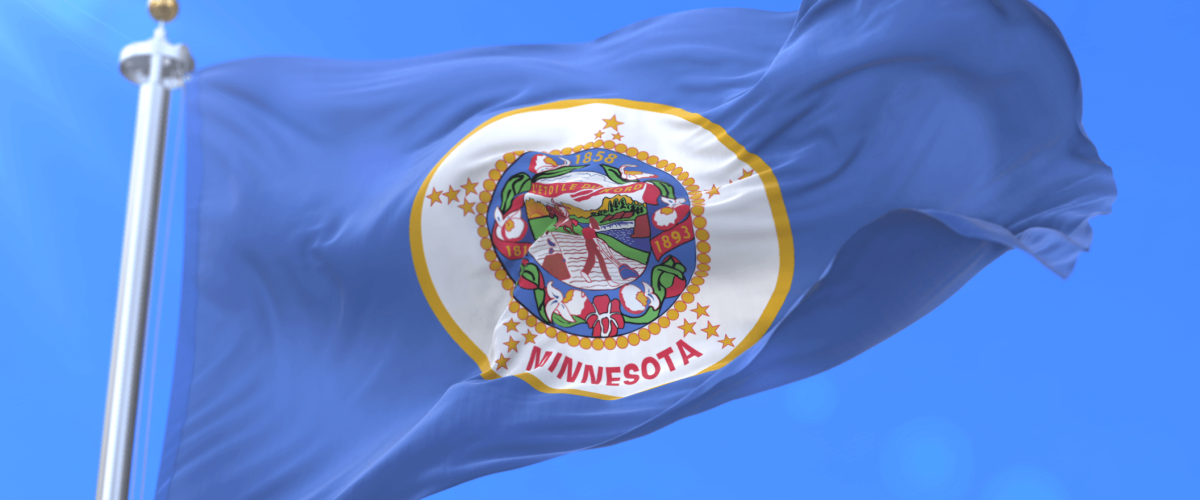Minnesota is projected to require 381 cannabis dispensaries to meet the demand for adult-use recreational cannabis, according to a recent report. The findings of this study shed light on the increasing demand for recreational marijuana in Minnesota. As more and more people turn to cannabis, it is crucial to ensure that an adequate number of dispensaries are available to meet their needs.
People in Minnesota are looking for a legitimate place to buy cannabis now that it’s legal to do so in their state. Currently, Minnesotans have the option to buy products from indigenous communities; however, not everyone has access to these. Consequently, many people still buy cannabis on the illegal market. Over half of all cannabis consumers bought their product from a dealer last month, with 41% of those people making multiple purchases from illicit street dealers.
The Minnesota Office of Cannabis Management study emphasizes the growing demand for patients across the state to have easy access to cannabis products. In order to meet the needs of its citizens, Minnesota estimates that 381 cannabis shops will be necessary, based on the present law’s requirement of one dispensary for every 12,500 people. This does not account for tourism; therefore, the 381 number is to be looked at as a base minimum. Minnesota will likely have over 381 cannabis dispensary retail outlets operating within the state once recreational sales are licensed.
According to the researchers, the projected number of 381 dispensaries is based on several factors, including population density, patient demographics, and geographic distribution. These factors play a significant role in determining the optimal number of dispensaries required in each region.
In addition to highlighting the need for a sufficient number of dispensaries, the study also emphasizes the importance of accessibility. Users should have easy access to quality products without facing unnecessary barriers or long distances. By ensuring that dispensaries are strategically located throughout Minnesota, patients can obtain cannabis products conveniently and efficiently.
The researchers behind this study have stressed that these projections are not arbitrary numbers but rather based on careful analysis and consideration of various factors. They believe that by adhering to these recommendations, Minnesota can create a robust and well-regulated cannabis market that serves both patients’ needs and public safety concerns.
The increasing demand for recreational marijuana in Minnesota is evident from the fact that the state needs 381 cannabis stores. The results of the study highlight the significance of easy and accessible access to cannabis products for those who use them for recreational purposes. By taking population density, demographics, and geographic distribution into account, policymakers can make informed decisions that will benefit both consumers and businesses within the overall cannabis industry. Through collaboration with stakeholders and public input, Minnesota has an opportunity to create a well-regulated system for cannabis consumption and sale that prioritizes patient needs while ensuring public safety.



